Hand turning is a special field in woodworking, somewhere between a craft and an art. It takes training, the right tools, passion and many hours working with different species and sizes of wood to become a specialist. But the discovery is permanent because wood is a non-homogeneous material, and its behavior can be different even when elements come from the same tree. So how do we choose wood? Which species are best suited for turning? Can freshly cut green wood be turned? Can you turn a block of wood made from several species? I will try to answer these and other questions related to the qualities of the wood to be turned below.
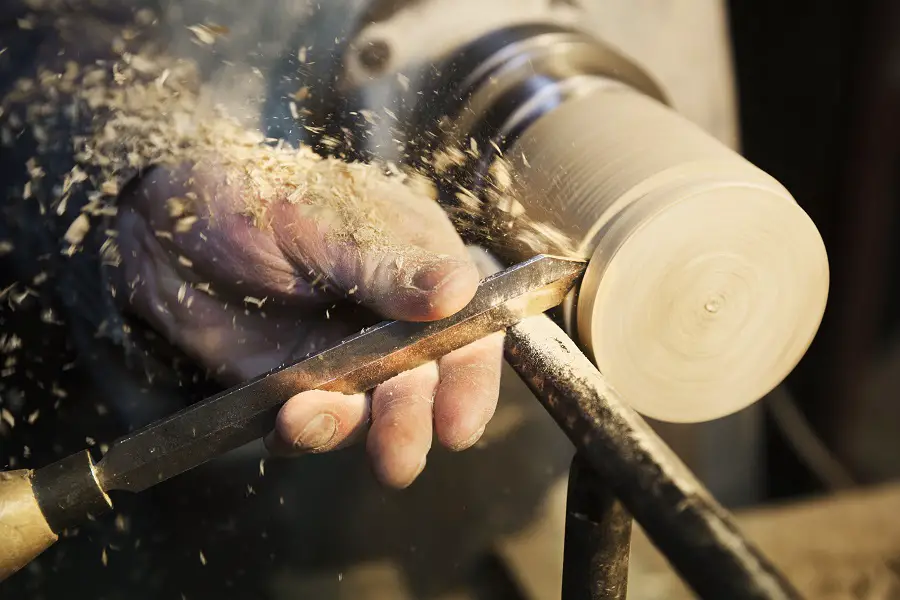
Which species are the best turners
Any wood can be turned, but the experts all agree that it's best to sand it hardwood. Basically it's the division into hardwood and softwood, the hardwood being better sanded. As with sanding, it is a question of being able to cut the grain cleanly, without the wood getting slippery and the wood being able to provide the strength needed to make it possible to cut without cracking or splitting. But the best balance between these properties has to be found, because if it is very hard, it becomes difficult to turn because the grain becomes harder and harder to cut.
Softwood, such as resinous or plop or willow, is recommended for beginners, precisely because it offers less resistance. The chisels must be very sharp so that the fiber can be cut easily and cleanly. But be careful about the quality of the wood. Poplar growing in sandy areas may contain sand, which will cause the tools to grind quickly. Due to processing at high rotation speeds, which heats up the resin, resin can form gums in softwoods which can cause the tools to load. Fir wood is preferred to spruce because it has resin only under the bark, not in the wood (only exceptionally).
Below, some examples of wood species and how to sand them:
- oak - hard to turn due to its high hardness. It needs very sharp tools. It is recommended to turn it when it is dry because it warps a lot when dry;
- frasin - is hard to turn because it is a hard wood. It needs very sharp tools and high rotational speed. It's the wood used to make baseball bats;
- nuc - Turns relatively easily and shows no fiber pulling. As it is also a hardwood, frequent sharpening of the tools is necessary. Dust is toxic and a mask is required. Very suitable for making bowls;
- cherry - medium turning difficulty. The uniform grain and small pores make it a favorite with hobbyists. If the turning has been done on green wood, drying must be done very carefully as it tends to warp and crack. Very good for bowls, pens;
- fag - turns relatively easily. It is hard and tough with small pores and is widely used for table and chair legs. Sands better dry. Suitable for food items because it has no odor or unwanted substances;
- maple - turns easily. Uniform fiber and small pores. Suitable for bowls, pens. Risk of staining when coloring, especially with dark colors. Fine sanding required before coloring;
- palisander - medium turning difficulty. Being hard grinds tools and frequent sharpening is necessary. It is dense, with great pattern and gloss. Dust can cause skin and mucous irritation;
- birch - turns easily and can be finished even when green. The uniform wood is no problem, but it is rather dull, the resulting objects lack the charm of cherry or walnut;
- Poplar - turns easily and is very suitable for beginners and practicing. It has a tendency to shed whether dry or green;
- măslin - Turns hard, but it's a spectacular wood well worth the effort. Being very hard, often with twisted grain, it requires quality, well-sharpened tools and high turning speed. Very suitable for bowls, pens, small decorative objects.
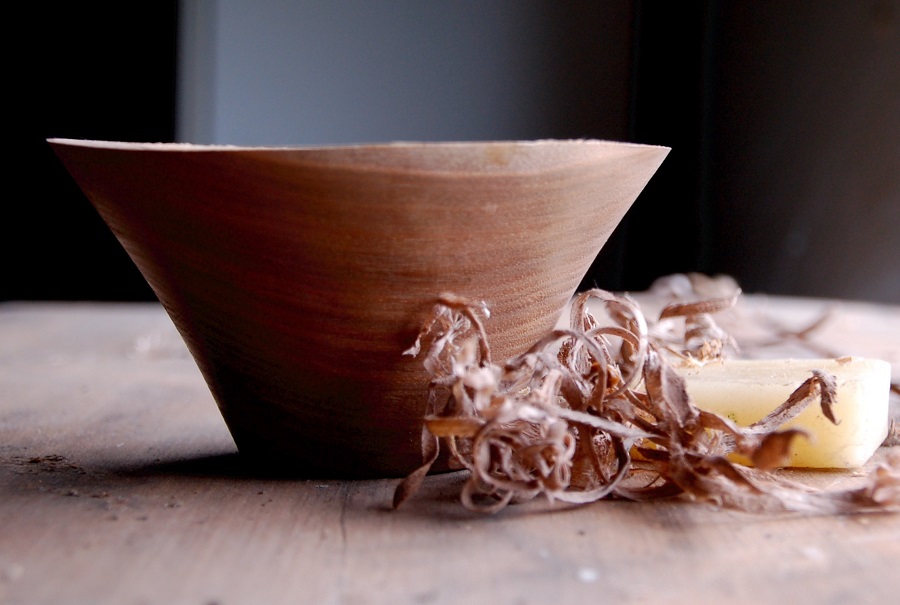
Green wood or dry wood?
From the above you have already realized that you can also turn green, untrimmed wood. However, turning wet wood is not recommended for beginners because green wood is harder to control and more unpredictable. It is also not recommended when making precision items that need to fit very well, like a box lid for example. When it dries the wood shrinks, and contraction is different in the 3 directions, longitudinal, radial and tangential, which will deform the object.
Turning is recommended dry wood, The dried wood is stable and dense, which makes turning easier. The resulting object is ready for finishing and use, it does not need a drying period. And during this drying period, in addition to deformation, cracks can appear, which can be even radical, leading to the destruction of the object. This is why a turned object made from green wood must be protected so that the water runs out as slowly as possible. Protection can be done with paraffin or wax, and the object should be wrapped in waxed paper, preferably dark in color.
But sometimes turning green wood cannot be avoided. The natural drying of wood takes time, taking one year for every 2-2.5 cm of wood thickness, and for kiln drying the wood is cut into boards or planks. If a large bowl is to be turned, it is difficult to find suitable dry wood. In such cases there is no alternative to turning green wood. Fortunately, this turning also has other advantages:
- wood dust is not removed, it is in the form of large sawdust,
- it is easier to work and less hard, the opposite resistance is lower,
- can be processed immediately after cutting, with the bark attached to the trunk,
- is cheaper.
Most often a combination of the two types of turning is adopted. In other words, the wood is partially processed when it is green, left to dry and then finalized, eliminating any warping. In the case of bowls, the wood is first rough-sawn, removing much of the wood. The recommendation is that the wall should remain at least 10% of the bowl diameter. That is, for a bowl with a diameter of 30 cm, the diameter of the wall should not be less than 3 cm.
Drying the ungreased bowl will be quicker than if it had been whole. To slow the water out it is recommended to protect with paraffin and wrap in waxed paper. The object should be stored in rooms with constant humidity and temperature, preferably a cellar. When the humidity has reached equilibrium, further processing is carried out to the desired shape, removing any defects. Sanding, coloring and waxing or oiling the object can be done while it is clamped on the lathe, taking advantage of the rotational movement. The result is a more uniform appearance.
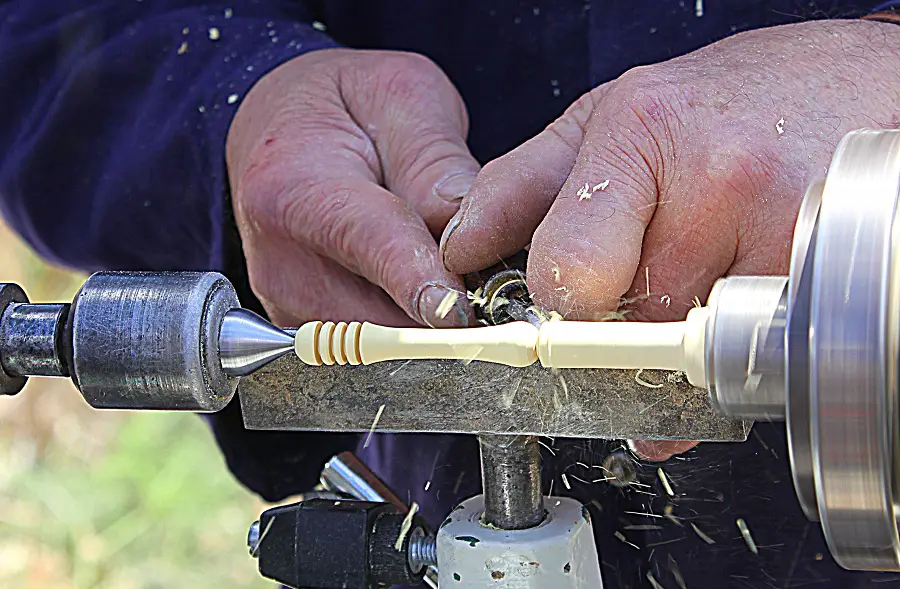
The anatomical elements of wood influence the process and the final quality of the object
The grain of the wood, how straight and uniform it is, the number and arrangement of the pores, the medullary rays, the transition from latewood to earlywood, knots, growth defects, the existence of tanninsThe use of wood, oils or other materials influences the turning of the wood, the appearance and the behavior of the resulting object. A straight grain will turn more easily, but a twisted grain will produce a more spectacular object.
Exotic wood, full of tannins and salts that make it resistant to attack by the multitude of fungi and insects in their natural environment, is much more interesting and sought-after for turning art objects or collectible pens/pens, despite the weight of turning and the unpleasant surprises that can occur. Roots or bumps on trees are chosen in the same way. The difficulty of turning is compensated for by the unique appearance of the resulting object.
The strength of the resulting object depends on the wood grain and how it is positioned in relation to the lathe spindle. For objects that need compressive strength - table or chair legs, tool handles or shanks, pilasters - the grain must be straight and positioned parallel to the lathe axis. Bowls have a more interesting design when the piece of wood is positioned with the grain perpendicular to the lathe axis, but the strength is lower. The strength of the objects also decreases when defects such as twisted grain or knots occur.
About the importance of wood anatomy in turning here interesting material.
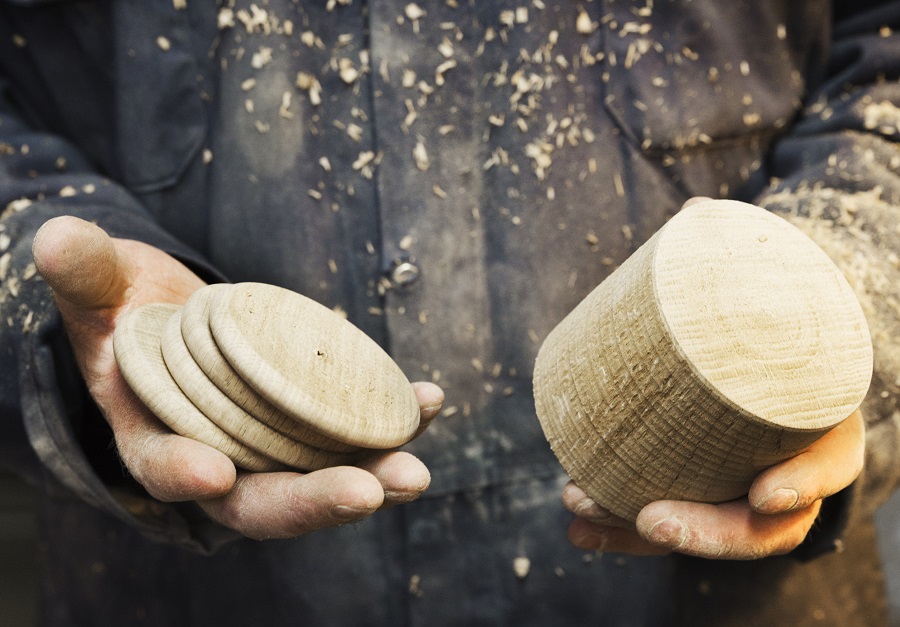
The choice of wood also takes into account the use of the object
It's clear that strength comes first with chair legs and beauty with bowls and vases. But the choice is also made according to other criteria. Large-pored species are not recommended for kitchenware, which is used for eating. The large pores allow liquids to be absorbed and over time the objects acquire unpleasant odors. How they are finished and polished is also important.
For the special look obtained, sometimes also turnings made by gluing several pieces of wood together are used. In this case it is very important that the wood has very similar weights and hardnesses. If the specific weight is very different, radial chatter may occur on the lathe, even if the clamping between the lathe heads has been done correctly. The different hardness of the pieces of wood will lead to problems in turning and finishing, and to less pleasant looking objects.
Hand turning is a vast topic that I will certainly come back to. I hope the above information will be useful to those who are just discovering the hobby. Those who have already turned wood can share their experience, it would certainly be helpful. And for those who have any questions or clarifications, please leave them below in the dedicated space. I will answer you for sure.

























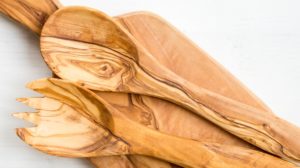


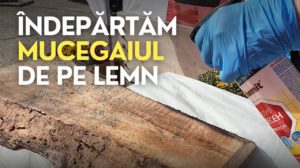







you killed me with the rosewood. i learned about all species in school, but not this one. i finished woodworking almost 30 years ago, maybe that's why. My opinion is that in general what you say makes sense - the ones with resin will load the knives. The salcam should be very good, because it has full tiles, i.e. it doesn't have holes/pores - they are filled with something, with a white substance, like in oak, but in oak there are still holes visible even with a magnifying glass (a tannin). or in walnut... the most beautifully turned wood should be (I mean wood from our forests) oak, walnut, birch, lime or fir - fir has no resin. resin has spruce... and some varieties of pine. now, when turning I think it's nice to have sapwood too, if it's been dried and made into bowls. sapwood is the wood on the outside, it's softer and wetter, it's the part that grows... when you cut a log you see that. the oak and the plum, the plum I forgot - the wood is very beautiful. even more beautiful than the cherry - and the sapwood is almost white. I think the best wood to work with is dry wood. maybe wet (over-saturated with water), i.e. after being immersed for a while in a liquid (that's how veneers are cut) it will be easy to turn, but I don't think it dries nicely. better to process after drying. I don't know what species are still studied today in the university - in my time it was the study of wood with Professor Pescăruș, where we learned to recognize wood in all three sections.
it's nice your site. hope you don't mind my comment. it really is very nice. although i don't work what i know, i'll always wish i did. I hope to end up making toys. Little things. Until then I'll follow you... I love wood. That'll never change.
Not only did we not mind your comment, but we really thank you for it.
And rosewood is rosewood or rosewood, you may have learned about it under those names. I leave the link below.
All the best!
https://revistadinlemn.ro/2016/11/23/palisandrul-lemnul-de-trandafir/
I came across your article again today and had forgotten that I had commented, but, by the way, my first line was the same - that you had hit me with the palisander. laughing and writing. maybe you're right. i don't remember. i probably learned after what wood we imported during Ceausescu's time. maybe more mahogany and a few others. thanks, for being and writing about wood!!!
Thank you too for continuing to be with us after so long. 🙂
Pear wood performs very well in carving.
Thanks for the addition!